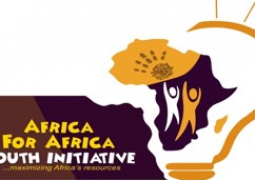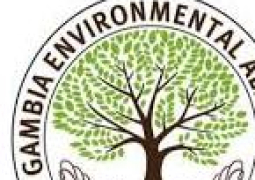
Gambian youth are significantly affected by drug trafficking and abuse, with reports indicating they dominate drug-related arrests in the country.
The Gambia serves as a key transit point for international traffickers and the rise in substance abuse among young people is considered a major threat to national security and public health.
Key Demographic: A significant portion of those involved in both drug use and trafficking are young people, including teenagers and young adults. The lack of employment opportunities and economic hardship are cited as contributing factors.
Transit Hub: The Gambia's location and porous borders make it an attractive transit and storage point for various drugs, including cannabis, cocaine, heroin, and synthetic drugs, often en route to Europe.
Commonly Abused Substances: Cannabis remains the most widely trafficked and abused drug, primarily sourced from the Casamance region of Senegal or cultivated domestically.
Synthetic drugs such as MDMA (ecstasy), Tramadol, methamphetamines, and "Kush" are rapidly increasing in popularity among the youth, leading to a rise in drug-induced psychosis and other severe health complications.
Cocaine trafficking is also well-established, with the country's extensive coastline facilitating smuggling operations.
Consequences: The involvement of youth in drug trafficking and abuse is linked to various social ills, including increased crime, violence, mental health issues, and a general decline in the well-being and potential of the young population.
Response and Challenges
The Drug Law Enforcement Agency, The Gambia (DLEAG) is the lead agency mandated to combat this issue, working with national and international partners such as UNODC, ECOWAS, and the African Union.
Enforcement: DLEAG conducts regular operations, leading to numerous arrests and seizures.
However, there are concerns about judicial inefficiencies and allegations of corruption that allow some high-profile traffickers to evade justice.
Prevention and Rehabilitation: The government and DLEAG are focused on awareness campaigns in schools and communities. A major challenge has been the lack of a dedicated public drug rehabilitation center, although one is currently under construction to provide support for victims of addiction.
Community Involvement: Authorities emphasize the need for a collective responsibility involving families, schools, and communities to protect youth and report suspicious activities.
Prevalence in Arrests: The Drug Law Enforcement Agency (DLEAG) reports that young people dominate drug-related arrests in The Gambia. Arrest records frequently list individuals in their late teens and early twenties involved in various drug offences.
Types of Drugs: The most commonly abused and trafficked drug remains cannabis, which is affordable and readily available, often sourced from the Casamance region of Senegal. The use of synthetic drugs, such as MDMA (ecstasy) and "Kush" (a synthetic opioid mixture), is also rapidly rising among youth, with devastating effects on mental and physical health.
Motivations: Economic hardship, high unemployment rates, and limited opportunities are major drivers pushing young people into the drug trade as a source of income.
Meanwhile, drug abuse has led to a significant increase in drug-induced psychosis cases in the country's only psychiatric hospital, which reports that around 60% of its admissions are drug-related.
It also fuels a cycle of dependence and other criminal activities.
Government and Civil Society Response: Authorities, including the DLEAG and the Ministry of Interior, have acknowledged the severity of the problem and are implementing various measures:
Enforcement and Operations: DLEAG has intensified operations, conducting numerous arrests and collaborating with international partners like the UNODC and ECOWAS to tackle transnational trafficking networks.
Prevention and Awareness: Extensive awareness campaigns are conducted in schools and communities through radio talk shows and social media to educate youth about the dangers of drugs.
Rehabilitation: The DLEAG is in the process of building a dedicated rehabilitation center to support victims of drug addiction.
Officials emphasise the need for collective responsibility, urging parents, schools and communities to work together to protect youth and steer them towards constructive life choices.





